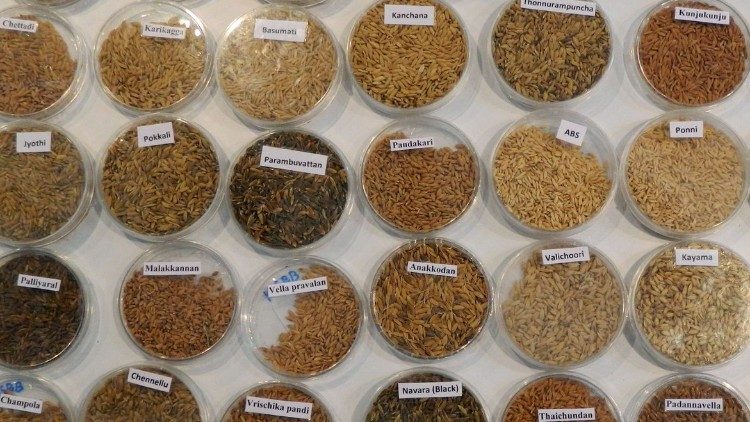
UN backs new eco-label to help consumers choose sustainable rice
By Pope
The Sustainable Rice Platform (SRP) is a grouping of over 100 public, private, research, financial institutions and civil society organizations, which through sustainable production standards and outreach mechanisms contributes to increasing the global supply of affordable rice, improves livelihoods for rice producers and reduces environmental impact of rice production.
Led by the United Nations Environment Programme (UNEP) and the International Rice Research Institute (IRRI), SRP has developed the “SRP-Verified” Label to reduce the environmental impact of one of the largest food crops in the world.
Environmental impact of rice production
Rice, wheat, and maize are the world’s three leading food crops; together they directly supply more than 42% of all calories consumed by the entire human population. Of these, rice is the daily staple of over 3.5 billion people, accounting for 19 percent of dietary energy globally.
Yet, the crop has an undeniable environmental impact. Rice farming consumes up to one-third of the world’s developed freshwater resources and generates up to 20% of global anthropogenic emissions of methane, a potent greenhouse gas.
This life-giving crop will also be the victim of rising global temperatures, with production expected to fall by 15% by 2050 due to climate change, according to the International Food Policy Research Institute.
New environment-friendly label
The SRP launched a new SRP Assurance Scheme together with its own eco-label to help consumers and global rice stakeholders choose sustainable rice. The Scheme is based on the SRP Standard for Sustainable Rice Cultivation, the world’s first voluntary sustainability standard for rice.
Employing best practices in rice farming can reduce water use by some 20% and methane emissions from flooded rice fields by up to 50%.
“The Assurance Scheme offers supply chain actors a robust, cost-effective and transparent path to sustainable procurement. Consumers are increasingly demanding that food is produced sustainably, and now they have a reliable way to choose environmentally friendly rice,” said Wyn Ellis, SRP Executive Director.
With the new label, consumers will be able to trace the rice back to the country of origin. The scheme will also benefit an entire industry. By stocking SRP-verified rice, retailers can make significant and measurable contributions to sustainability commitments and climate change targets. Industry actors will also be able to de-risk their supply chains and ensure stability by sourcing through SRP-verified suppliers.
Switching over to SRP practices can help farmers boost their net income by 10-20%. With 90% of the world’s 144 million rice producers living on or near the poverty line, this can make the difference between a secure livelihood and a family going hungry. (Source: UNEP)
Thank you for reading our article. You can keep up-to-date by subscribing to our daily newsletter. Just click here






